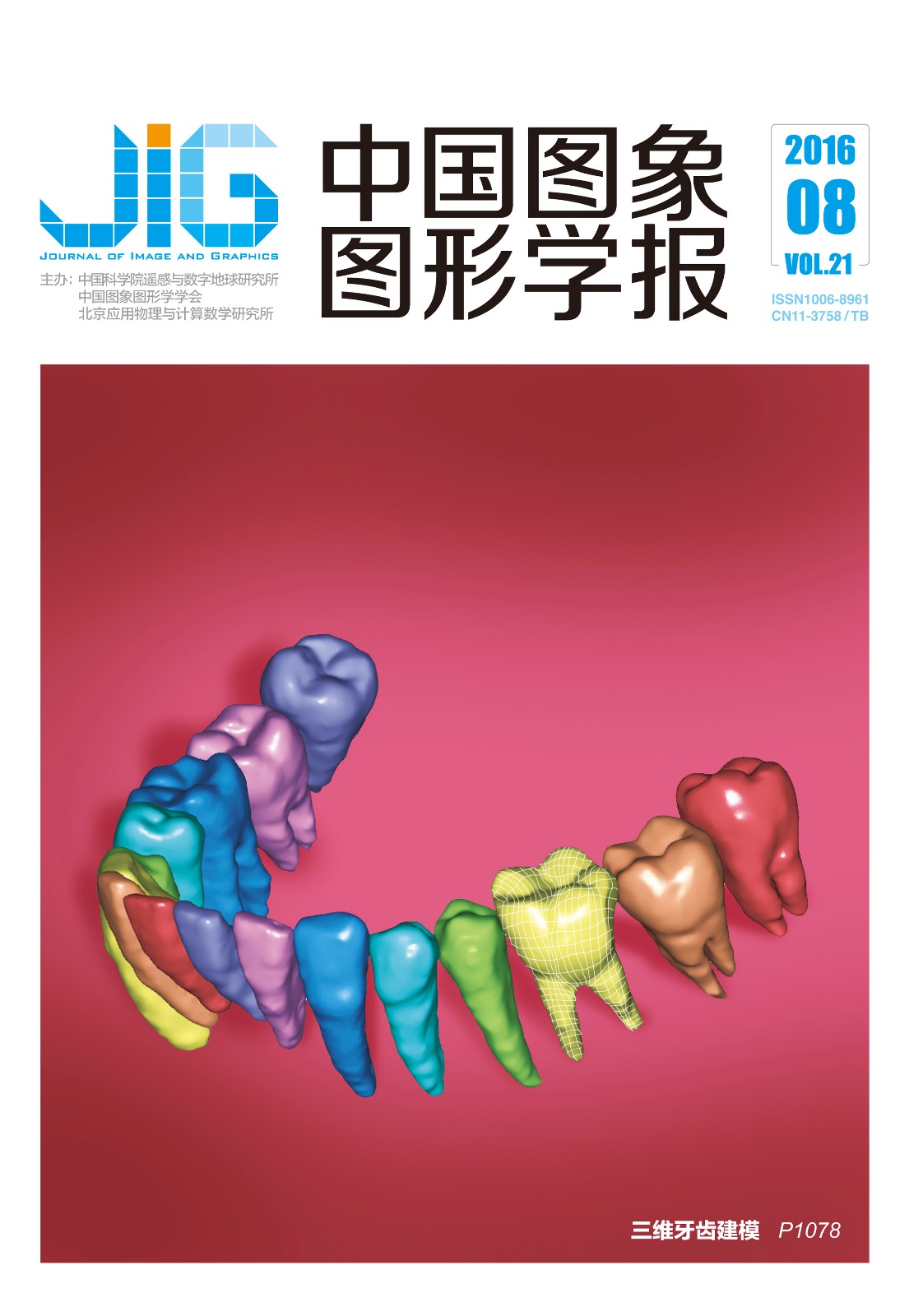
融合边界信息的高分辨率遥感影像分割优化算法
楚森森1,2, 洪亮1,2,3, 陈杰3, 邓敏3, 杨昆1,2, 刘纯1,2(1.云南师范大学旅游与地理科学学院, 昆明 650500;2.西部资源环境地理信息技术教育部工程研究中心, 昆明 650500;3.中南大学地球科学与信息物理学院地理信息系, 长沙 410083) 摘 要
目的 针对目前区域分割算法获取的区域边界与真实地物边界不一致问题,利用高分辨率遥感影像地物内具有均质性和地物间边缘信息突出的特点,提出一种融合边界信息的高分辨率遥感影像分割优化算法。方法 首先采用Canny算法对遥感影像进行边缘提取并进行边缘连接处理,产生闭合边界;然后将边界与初始分割结果进行融合处理,获得新的分割结果;最后在闭合边界约束下,基于灰度相似性准则对新的分割结果进行区域合并,获得优化后的最终分割结果。结果 采用本文提出的分割优化算法对Mean Shift算法和eCognition软件获得的分割结果进行优化处理,优化后的分割结果与初始分割结果相比正确分割率(RR)平均提高了4%,验证了本文算法的有效性。结论 该优化算法适用性广,可优化基于区域、基于边界和基于聚类等多种分割方法,同时该算法既能保持高分辨率遥感影像分割的区域完整性,又能保持地物边缘细节特征,提高了分割精度。
关键词
Segmentation optimization algorithm based on the fusion information of the boundaries of a high-resolution remote sensing image
ChuSensen1,2, Hong Liang1,2,3, Chen Jie3, Deng Min3, Yang Kun1,2, Liu Chun1,2(1.College of Tourism and Geography Science, Yunnan Normal University, Kunming 650500, China;2.GIS Technology Research Center of Resource and Environment in Western China of Ministry of Education, Kunming 650500, China;3.School of Geosciences and Info-Physics, Central SouthUniversity, Changsha 410083, China) Abstract
Objective To overcome nonconformity between the boundaries of a region using a segmentation algorithm and real object boundary, a segmentation optimization algorithm based on the fusion information of boundaries is presented in this study using the homogeneity characteristic of the objects and the salient boundary information in a high-resolution remote-sensing image. Method First, the canny edge filter was applied to extract edge information for remote-sensing images, and then the edge discontinuity problem was addressed to obtain the closed boundary. Second, the boundary and the initial segmentation results were fused, and new segmentation results were obtained. Finally, the new segmentation results under the closed boundary constraint were merged to obtain the optimization segmentation results based on the gray similarity criterion. Result This study presents a segmentation algorithm used to optimize the segmentation results obtained via MeanShift and eCognition. Furthermore, the rightly-segmented ratio (RR) is increased by 4% compared with the initial results, thereby verifying the effectiveness of the optimized algorithm. Conclusion The optimized algorithm has extensive applicability and can optimize methods based on regions, boundaries, and clustering. This algorithm cannot only maintain the regional integrity of the object in high-resolution remote sensing, but can also keep the details of the object edge, thereby improving segmentation accuracy.
Keywords
|



 中国图象图形学报 │ 京ICP备05080539号-4 │ 本系统由
中国图象图形学报 │ 京ICP备05080539号-4 │ 本系统由